What is Blanching in Cooking?
Blanching is a cooking process in which food (usually vegetables or fruits) is scalded in boiling water, removed after a specific brief interval, and then shocked (by plunging into iced water or placing it under cold running water) to stop the cooking process. Blanching helps to reduce quality loss over time. Use this method before freezing, drying, or canning, to modify texture, remove the peel, and wilt tissue. The process also preserves color, flavor, and nutritional value.
How Does Blanching in a CVap Oven Work?
CVap technology is based on heated vapor. You can accomplish any “wet” process (and execute it better) in a CVap oven. Blanching is a wet process. Placing fruits and vegetables in a preheated CVap oven delivers the same thermal load to foods as a commercial steamer or boiling kettle. But it’s a gentler steaming process.
CVap’s setting for blanching is 200°F at 100% relative humidity (Vapor Temp 200°F/Air Temp 200°F). The air is completely saturated with hot water vapor. The oven cooks more gently because this setpoint is below the boiling point.
Blanching in CVap Oven
The blanching in a CVap typically involves the following steps:
1. Preheat Oven: It’s essential to have your CVap oven fully preheated before placing food in it.
2. Prepare an Ice Bath: Fill a large hotel pan with ice water. This will rapidly cool the blanched food and stop the cooking process.x
3. Blanching: Briefly place the food in the CVap oven, usually just a few minutes. The exact time depends on the type and size of the food.
4. Cooling: Quickly transfer the blanched food from the hot oven to the ice water bath. This helps to cool the food rapidly and prevent further cooking.

What Can You Blanch in a CVap Oven?
Here are some foods that you can blanch in a CVap oven:
Vegetables: Common vegetables for blanching include broccoli, green beans, asparagus, peas, and carrots.
Fruits: Some fruits can be blanched to help with peeling or setting color. For example, tomatoes can be blanched to facilitate easy skin removal.
Potatoes: Blanching potatoes before frying them or using other cooking methods can help improve their texture and color.
Nuts: Blanching nuts can help with skin removal and can be part of the process for specific recipes.
Seafood: Blanching seafood, such as shrimp or lobster, can be done in a CVap oven to partially cook them before finishing with other cooking methods.
It’s important to note that the specific settings and times for blanching in a CVap oven will vary depending on the type of food and desired results. Always refer to the guidelines.
What are the Advantages of Blanching in Cooking?
Preservation of Color
Blanching helps retain the vibrant colors of fruits and vegetables. The heat breaks down enzymes that can cause browning and color loss over time. This is especially important when you want to freeze fruits and vegetables, as it helps maintain their visual appeal.
Texture Retention
Blanching can help preserve the texture of certain foods by inactivating enzymes that can lead to softening or toughening. It is commonly used for vegetables like green beans, broccoli, and asparagus to maintain a crisp texture.
Removal of Residual Dirt and Microorganisms
Blanching helps clean the surface of fruits and vegetables, removing dirt, surface microorganisms, and pesticides. It contributes to food safety by reducing the microbial load.
Partial Cooking
Blanching can partially cook food items, making them easier to handle in subsequent cooking methods. For example, it is often used before freezing vegetables, as it can stop enzymatic activity that can cause loss of flavor and nutrients during storage.
Skin Removal
Blanching facilitates the removal of the skin from certain fruits and vegetables. For instance, blanching tomatoes makes it easier to peel off their skin.
Reducing Bitterness
Some bitter vegetables, like certain greens, can be blanched to reduce bitterness before incorporating them into recipes.
Setting Color
Blanching is used in specific recipes, like when preparing tomatoes for canning or making sauces, to set the color and facilitate the removal of the skin.

